As you get to know me and my cooking style you’ll learn that I’m partial to North African and Middle Eastern flavors – ingredients like sumac, preserved lemon, cardamom, pomegranate and mint are in regular rotation in my kitchen. This gorgeous vegetarian dish features several of my favorites, paired with carrots, chickpeas and feta which are also commonly used in those areas of the world. The dish is sweet and tart with a hint of heat from the aleppo pepper, and the variety of textures will keep you and your guests going back for bite after bite. I recently brought this to a family gathering as an entrée option for the vegetarians in the group, and even the omnivores wanted seconds. Next year I’ll have to make a bigger batch! (Note: if you’d like to keep this dish strictly vegan, omit the feta. If you have access to good vegan cheese like Miyoko’s Creamery or Treeline you can use that as a substitute.)
I like to use rainbow carrots for this recipe because the vibrant, contrasting jewel tones are spectacular, but if you only have access to orange carrots the dish will still be beautiful and delicious. When using rainbow carrots try to source organic ones that can just be scrubbed and not peeled; if you’re peeling red or purple carrots, take care to remove only a very thin layer so you don’t strip away too much of the beautiful color. Hopefully you have access to fresh bunched carrots that still have their leafy green tops attached. Don’t toss those! Reserve some of the feathery fronds for the salad, and use the rest in this fabulous pesto.
Look at those carrots! Vibrant color, fresh leafy tops – that’s what you want. I use a mandoline to make quick work of slicing the carrots but you can absolutely do this with a knife. Try to keep the slices uniform in thickness so they cook evenly, and cut the slices relatively thin – anything thicker than ¼ inch will take much longer to cook and detract from the delicate beauty of the salad. If you’re using a mandoline, please be careful! Keep your palm flat and fingers extended out of the way, and wear a cut-resistant glove to protect yourself. I’m not a fan of the “guard” that comes with most mandolines – it can slip off the track too easily mid-swipe, which is a recipe for disaster (and a trip to the ER).
Steaming isn’t my go-to method for cooking vegetables but I take advantage of it for this recipe to preserve the delicate flavor and deep color of the carrots. It’s also quicker and generates a lot less heat than roasting, which makes this ideal for days when you’re short on time or the weather is too warm to use the oven. Plunging the carrots into an ice bath after steaming will stop the cooking process so they don’t get mushy, and it keeps the colors nice and rich.
I prefer dried beans and legumes to canned, but they do require extra cooking time. If you’d like to use canned or previously cooked chickpeas for this, drain and rinse them very well and give them a quick sauté in the spice mix along with several ounces of stock before using.
All these spices and aromatics add tons of flavor to the chickpeas. Even if you’re using canned beans, take the time to build the sauce and simmer them in it for at least 10 minutes. It only requires a few extra minutes and makes all the difference.
This is what the mixture of sautéed onions and spices should look like before you add the chickpeas and stock. See how the tomato paste is browning and losing some of its deep red hue? That’s what you want.
Here are the finished chickpeas in their sauce. Don’t they look luscious? You’re going to drain them for this salad, but be sure to save that sauce! It’s delicious on roasted vegetables or meat. You can even use it to season other canned beans or legumes.
Okay, you’ve steamed the carrots and cooked the chickpeas, so let’s talk dressing. This pomegranate vinaigrette is loaded with tart and tangy flavor and a hint of heat, making it the perfect foil for sweet carrots and savory chickpeas. It also features sumac, which is one of my all-time favorite spices. The flavor is fabulously complex and unique – sour, floral, citrusy – and it’s right at home in this dish. Cooking really mutes the flavor of sumac, so it’s best used in raw preparations and as a finishing spice. The base of the dressing is comprised of pomegranate molasses, olive oil and lemon juice. The molasses is available in Middle Eastern markets and many gourmet shops, but if you can’t find it and don’t want to buy it online, you can make your own at home by simmering one cup of pomegranate juice with 2 tablespoons of sugar and 1/2 teaspoon lemon juice until you have about 1/4 cup of thick syrup. For the olive oil, please use a good quality, mild or fruity oil. There’s a lot of bad olive oil out there and it can easily ruin an otherwise great recipe. Also, please use freshly squeezed lemon juice! The stuff that comes in a bottle has preservatives added to it that turn the flavor very sharp and sour. Speaking of sharp flavors, the amount of Dijon mustard you add will depend on how strong yours is. I use Trader Joe’s house brand of Dijon mustard which is fantastic, but it’s pretty strong so I only add 1/4 teaspoon to the dressing. You shouldn’t taste the mustard, it just rounds out the flavor and emulsifies the dressing.
Here’s the finished vinaigrette – it should be relatively thick and syrupy with a glossy finish and deep burgundy color. The recipe makes about 3/4 cup dressing which is way more than you’ll need for the salad. Store the extra in a sealed container in the refrigerator and use it for other salads.
Time to assemble the salad! Just toss everything together and dig in.
- For Chickpeas:
- 15 ml (1 Tbsp) olive oil
- ¼ small onion, finely diced (about ¼ cup)
- Kosher salt
- 1 ½ tsp minced or grated fresh ginger (may substitute ½ tsp dried)
- 1 tsp minced or grated garlic (1 large clove)
- 2 tsp minced or grated fresh turmeric (may substitute ¾ tsp dried)
- ½ tsp toasted ground coriander seed
- ¼ tsp toasted ground cumin
- ¼ tsp ground cinnamon
- ¼ tsp smoked paprika
- Generous pinch of aleppo chile flakes
- 1 Tbsp tomato paste
- 4 ½ oz (about 1 cup) dried chickpeas*
- 1 4-inch piece kombu**
- 12-16 oz unsalted vegetable stock
For Carrots:- 2 lbs carrots, scrubbed, trimmed, and thinly sliced (max ¼ inch thick), greens reserved
- Water for steaming
For Vinaigrette:- 45 ml (3 Tbsp) pomegranate molasses
- ¼ to ½ tsp Dijon mustard depending on strength
- ¼ tsp grated garlic (1 small clove)
- 15 ml (1 Tbsp) freshly squeezed lemon juice
- ¼ tsp freshly grated lemon zest
- 60 ml (¼ cup) fruity olive oil (like California Olive Ranch Everyday Extra Virgin)
- 1 tsp ground sumac
- Pinch of aleppo chile flakes
- Kosher salt to taste
For Assembly:- 2 Tbsp chopped toasted pistachio kernels
- ¼ cup dried currants or golden raisins, or a mixture of both
- ¼ cup fresh mint leaves, chiffonade (cut into thin ribbons)
- 2 Tbsp fresh flat leaf parsley, finely chopped
- 1 Tbsp carrot top leaves, chopped
- ¼ cup fresh pomegranate seeds
- 3-4 Tbsp crumbled sheep’s milk or goat’s milk feta
- Cook the chickpeas: Heat oil in a medium pot over medium-high heat until shimmering. Add onion and a pinch of salt and sauté 1-2 minutes, just until slightly softened and translucent. Add ginger, garlic, turmeric, coriander, cumin, cinnamon, paprika and aleppo chile and fry/toast for 2 minutes, stirring constantly. Add tomato paste and cook for 1-2 minutes just until the color darkens.
Add drained chickpeas, kombu, enough vegetable stock to cover the chickpeas by one inch, and ½ teaspoon salt. Bring to a simmer, cover the pan partially, and reduce heat to medium low. Cook for 1 ½ to 2 hours or until chickpeas are tender but still hold their shape, stirring occasionally and adding vegetable stock as needed to keep chickpeas barely covered. When the chickpeas are cooked, use a slotted spoon to remove them from the sauce and transfer to a bowl to cool. Transfer any remaining sauce to a sealed container and pop it in the fridge for another use - you can toss it with roasted vegetables or protein (or canned chickpeas).- Steam the carrots: Place a steamer basket inside a saucepan filled with 1 inch of water, and bring the water to a simmer. Transfer the carrots to the steamer, cover the pot, reduce the heat to low, and steam the carrots just until tender, 2-5 minutes depending on thickness. Plunge the carrots into ice water to shock, then drain them well and set aside.
- Make the vinaigrette: In a medium bowl whisk together molasses, mustard, garlic, lemon juice, lemon zest, olive oil, sumac and chile flakes. Season to taste with Kosher salt.
- Assemble the salad: Put the carrots and chickpeas in a large bowl, add the pistachios, currants/golden raisins, mint, parsley, carrot tops and pomegranate seeds. Drizzle in dressing to taste, toss everything together, and gently fold in feta.
**Kombu us a type of seaweed that, when added to the pot during cooking, makes beans more digestible. You can find bags of kombu strips at Asian markets and most large grocery stores that carry a decent selection of international ingredients. If you can’t source kombu locally, it is, like nearly everything else these days, readily available online.
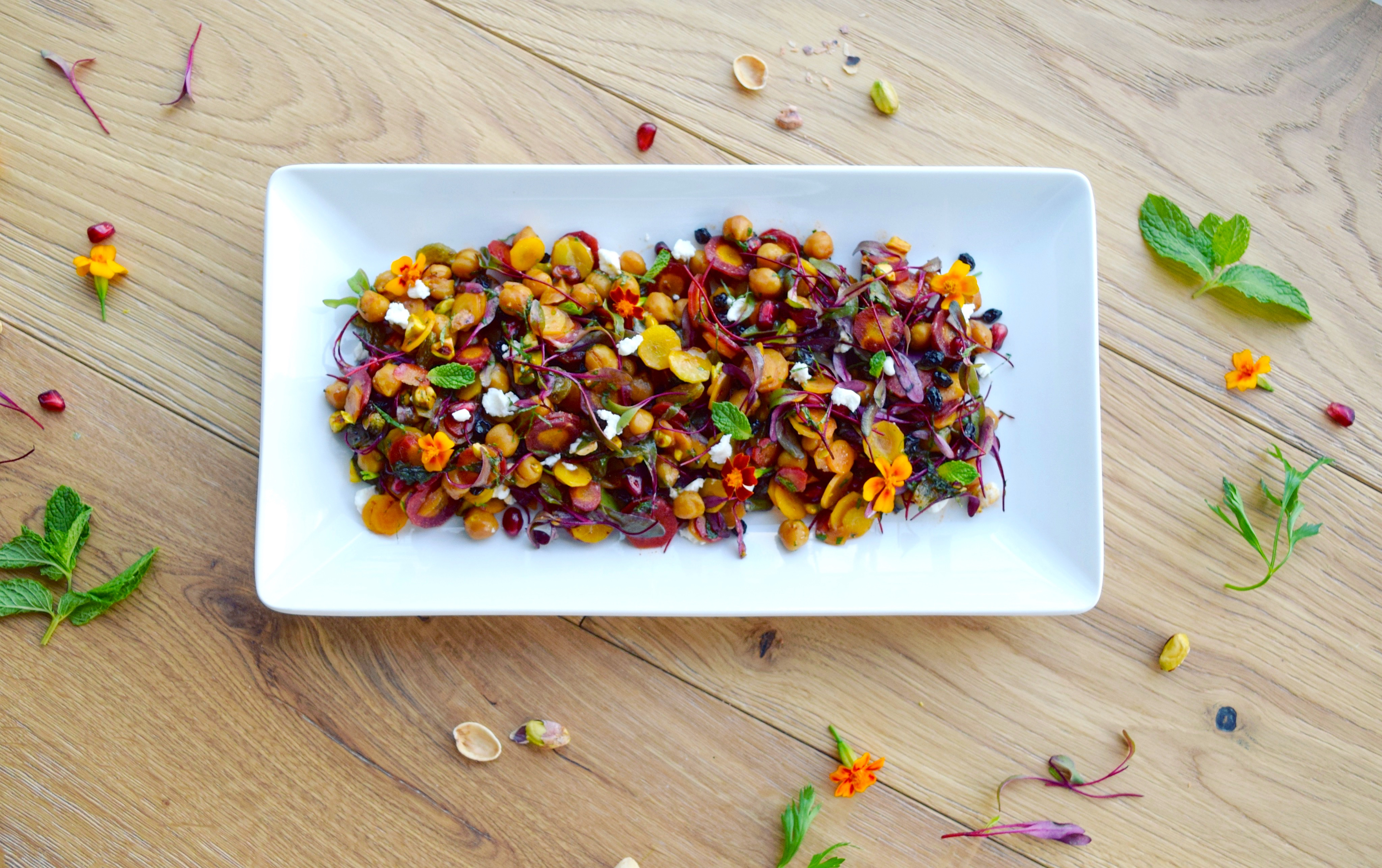
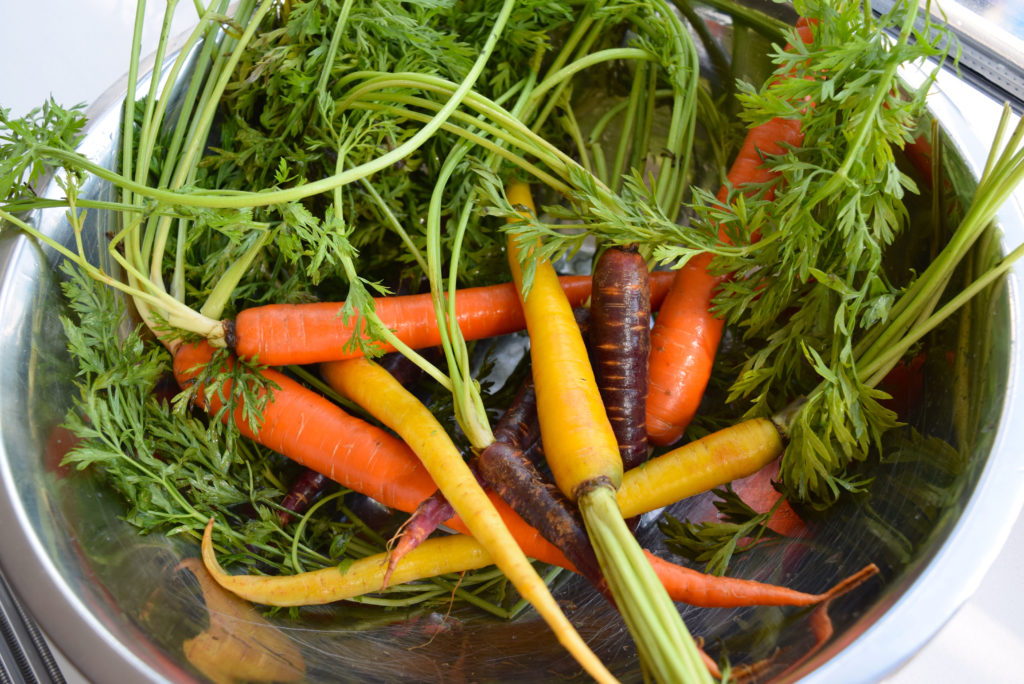
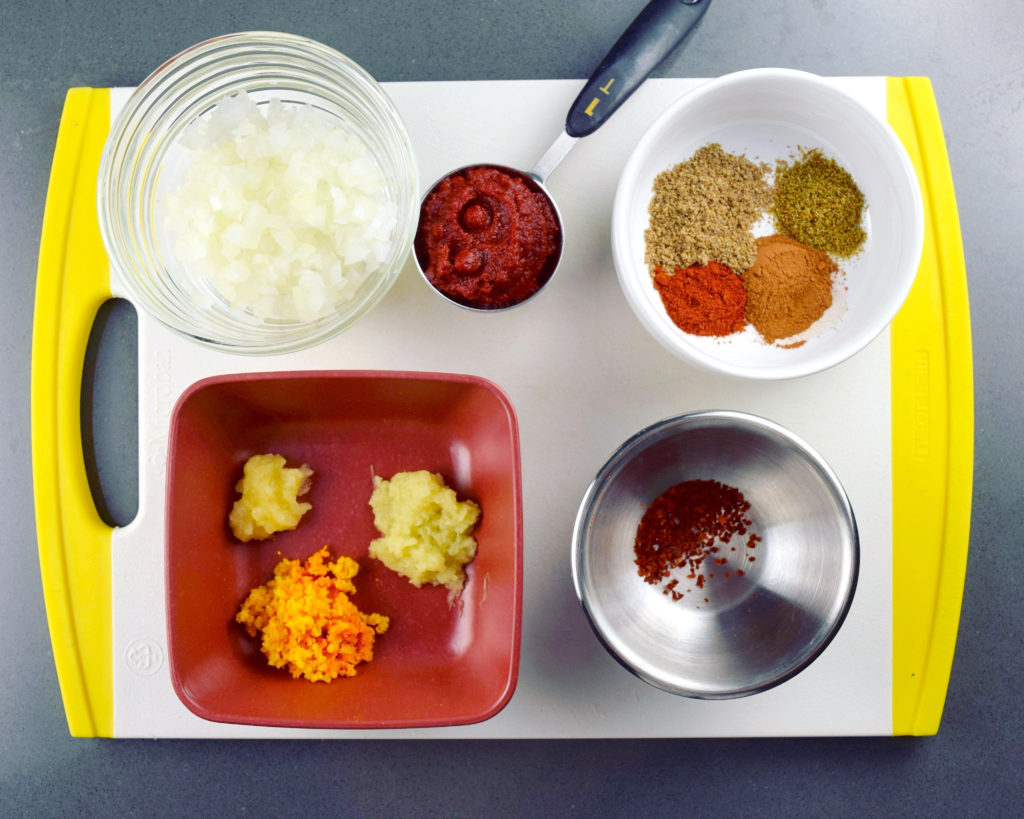
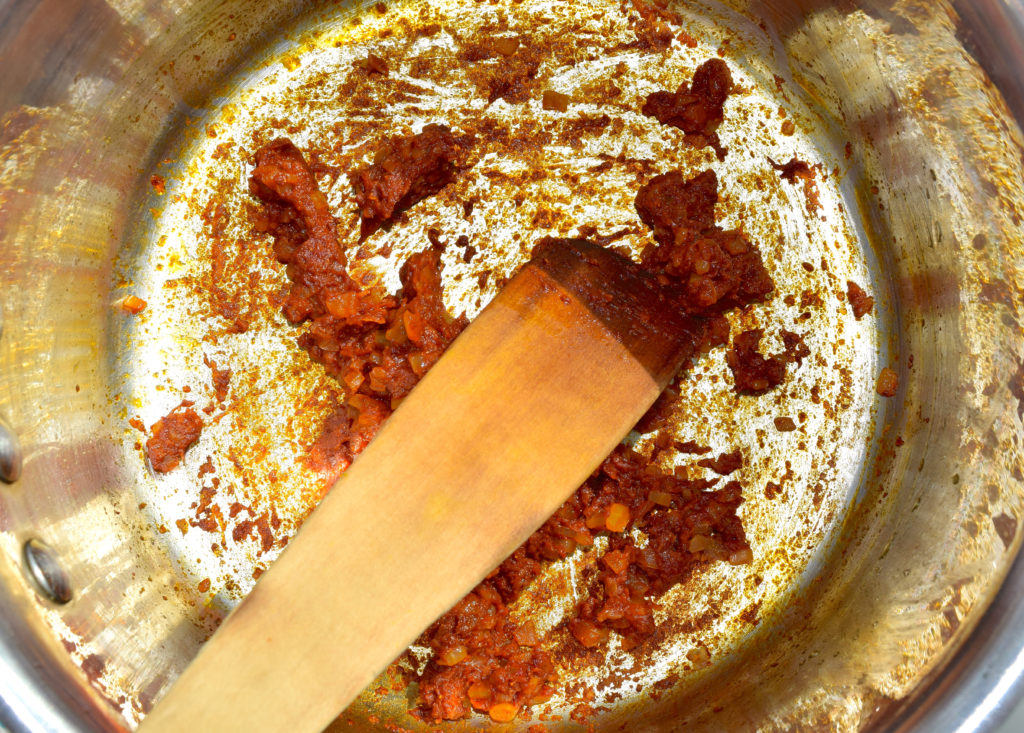
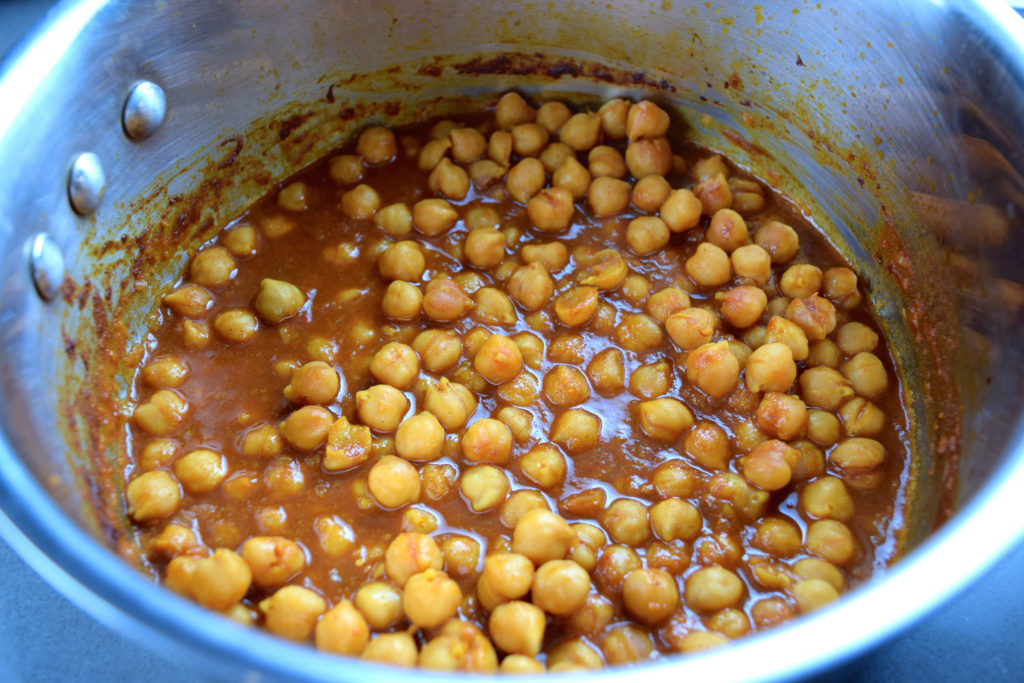
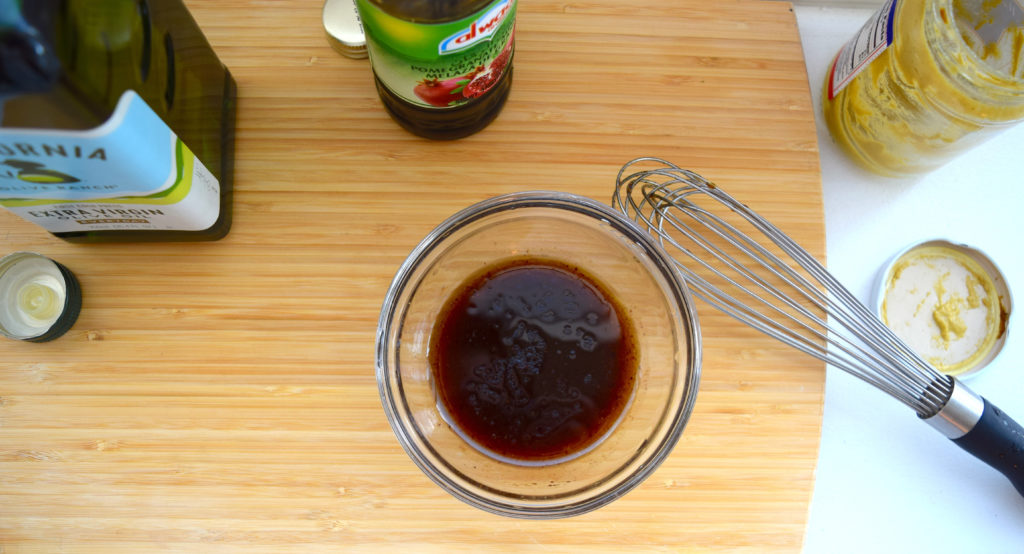
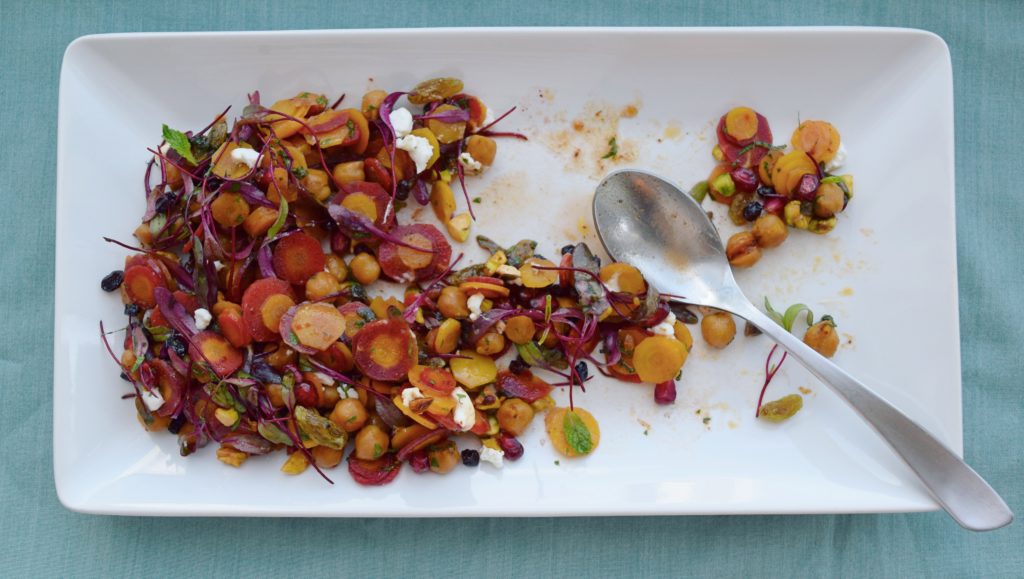


Leave a Reply